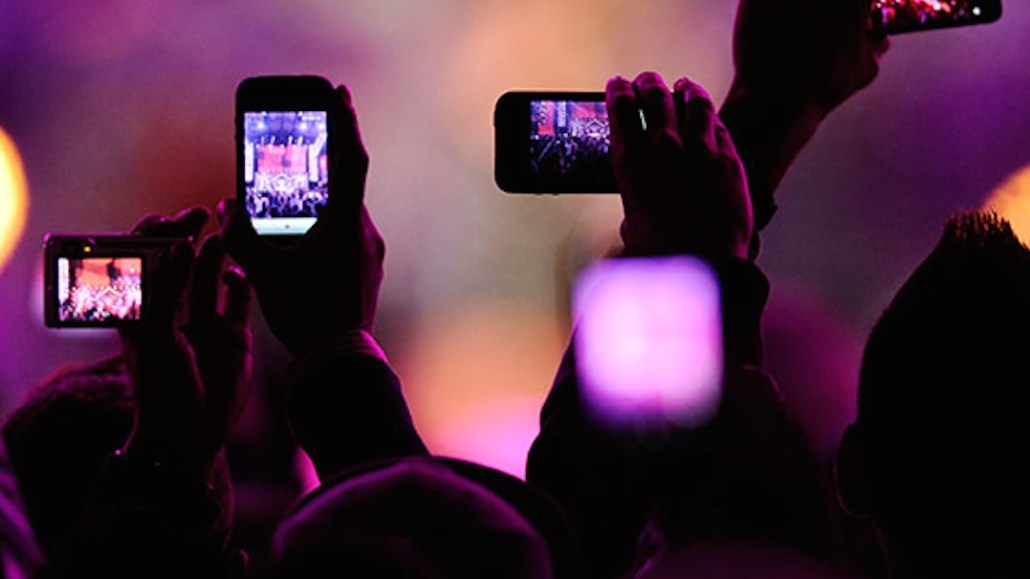Register by Jan 13 to save on passes and connect with marketers from Uber, Bose and more
Advertisers start placing paid media behind influencer content for lower CPMs

Advertisers are known to use social stars as creative agencies, where media buyers send those active social media users RFPs and briefs, then have these individuals promote the content on their own channels. Now, advertisers are taking influencer marketing one step further by placing paid media to amplify influencer content beyond the individual’s social accounts. This turns to be a cheaper alternative to branded content purchased from major publishers, said agency executives.
The definition of “influencers” is subjective, as it depends more on how an agency executive evaluates a social user’s content than on the size of the person’s following, according to conversations with agencies. But the thinking is working directly with publishers on content creation and content distribution usually costs brands a fortune, so why not hire influencers to do it if they can produce equally good content? Advertisers can then place paid media behind the influencer content and find a similar audience to that of a publisher through ad-targeting tools.
Megan Jones, senior director of strategy and service for January Digital, said her agency has taken an approach she calls “syndication of influencer content” for a while, where her team promotes influencer content as an alternative to publishers’ ad offerings. Jones’ clients are mostly in the fashion and beauty category, and many can’t afford the $100,000 it costs for a branded video created by a big publisher, for instance. In comparison, video production by a social star typically costs between $20,000 and $30,000, said Jones.
In terms of content distribution, if a cosmetics brand wants to target BuzzFeed’s readers to promote its new lipsticks, for example, Jones’ team can run ad targeting on Facebook
against followers who liked BuzzFeed’s content and layer in targeting for those who are interested in lipsticks to find people in market for the product and are BuzzFeed readers. Or her team can run keyword targeting through programmatic platforms like TripleLift against the publisher to find a similar audience, Jones said. She added that boosted influencer content will either show up as sponsored posts in a social media user’s news feed or as native ads on a publisher’s website if the publisher has inventory to sell on open exchanges.
“Syndication of influencer content will continue to be a trend because it makes no sense to just pay influencers for content creation. Influencers are the new publishers, and we want to leverage that,” said Jones. “Publishers still have value, but their pricing model doesn’t evolve fast enough. If I can find the same audience through keyword targeting against a publisher, for example, I don’t need the publisher’s platform anymore.”
Ashley Banks, director of digital strategy and media for agency Iced Media, echoed Jones’ sentiment. Banks said her team often uses influencers to reach and connect with people at a more cost-efficient CPM compared to working directly with publishers.
“There are some benefits like content quality and relevancy when you work with publishers’ content creation arms,” said Banks, “but the partnership is usually turnkey, and native formats created by publishers’ content studios still feel like ads.” She added that influencer content usually receives audience interaction naturally, and clients can craft media contracts with influencers on their own terms.
Without a direct relationship with a publisher, though, Banks wouldn’t know the demographics of a publisher’s readers, as that is proprietary information. But she said advertisers can use Facebook Business Manager to target people who liked or shared the publisher’s content and further narrow down the target audience with people’s interests, like travel and food, based on the campaign strategy, for instance.
Lauren Tetuan, evp and media director for Deutsch, on the other hand, said her agency doesn’t necessarily use influencers for lower CPMs. Since her clients want to balance performance and reach, her team usually pays influencers on a cost-per-click or a cost-per-engagement basis that is typically unavailable from big publishers. But her team still works with publishers when a brand needs more immediate scale or higher-quality custom production, she said.
“We often produce our own custom content in house, which influencers are willing to help us distribute — not all of the larger publishers will distribute a brand’s own content,” said Tetuan. “We typically start with the influencer’s organic channels. We can then place paid media and do our own targeting through Facebook’s or Instagram’s ad tools.”
More in Marketing

‘The year where the dust settles’: Digiday editors share 2026 predictions
Between generative AI pilot projects and emerging agency hold co models, 2026 will be the year that signals turn into strategy.

Virality is no longer just a vibe at MrBeast’s Beast Industries
MrBeast is hiring a head of viral marketing. Marketers would be wise to pay attention.

‘This is what the future will look like’: Accenture Song has moved upstream of advertising
Accenture Song has outgrown the agency business without becoming an agency.







